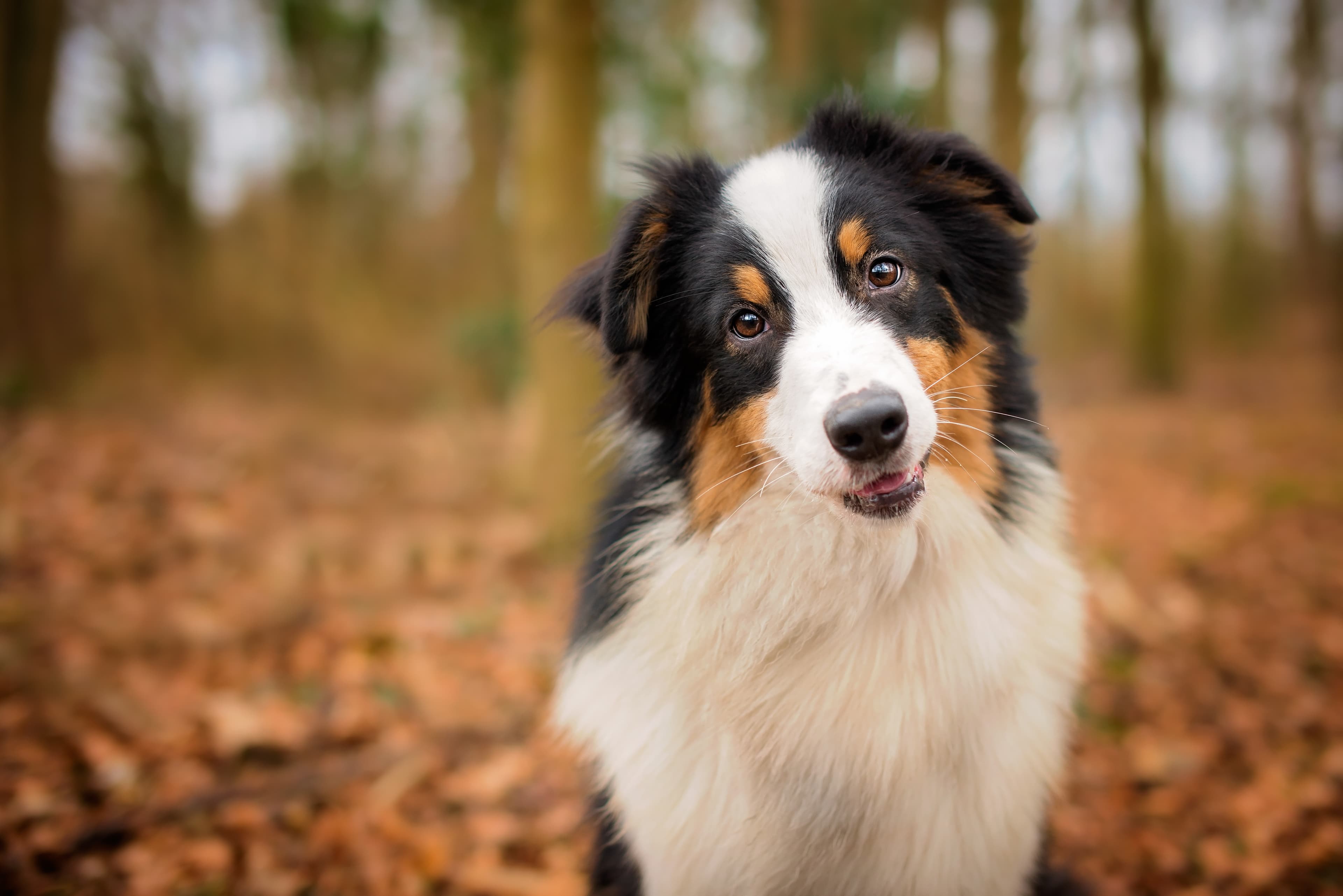How and why dogs scratch
All dogs scratch to a greater or lesser extent, and it is perfectly normal for a dog to scratch from time to time. But if you notice your dog starting to scratch more than usual, it could be a symptom of an underlying problem. Examples of underlying problems that can cause itching are parasites or allergies, which can also be the cause of ear infections and other skin problems. To determine if a dog is scratching abnormally, we need to explain what a normal way for the dog to scratch is.
How dogs scratches
So, how does the dog scratch? Perhaps the most characteristic feature of a dog is that it sits down and scratches with its hind leg against its body. Scratching in this way can be done from time to time, just as we humans sometimes feel the need to scratch somewhere on our body. In fact, a lesser-known way for dogs to scratch is to use their mouths to scratch themselves. The dog may lick where it itches or in some cases also gnaw on the fur. Sometimes dogs also use things in their environment to scratch, they may rub or roll against carpets, the couch or things outside.
Abnormal itching
It's perfectly normal for dogs to scratch occasionally but if you have a dog that scratches, licks or gnaws on itself more than usual or in a way that feels abnormal, there may be an underlying problem to this. One sign that your dog has abnormal itching, which can be easy to miss, is that the dog is licking itself abnormally much against, for example, its paws.
The fact that a dog starts to scratch more than usual can be due to many different things, some common causes of itching are:
Parasites such as fleas, scabies, lice and mites
Allergies, food allergies or atopy
Skin infection
Ear infection
Make it a habit to check your dog regularly. Inspect your dog's coat and skin, examine his paws and look and smell in his ears. By regularly examining your dog, you will learn what is normal for your dog and will therefore more easily detect if something is wrong. In this video, Lassie the vet shows you how you can go about examining your dog.
Take care of skin and fur
Of course, keeping your dog well looked after is also important. Bathe or shower your dog as needed depending on breed and coat. But not too often so you disturb the protective skin barrier. Always use a mild and gentle shampoo adapted for dogs to avoid skin irritation and dry skin. You can also supplement with omega 3 and 6 fatty acids to strengthen, nourish and support healthy skin and coat quality. If you have a long-haired dog, you should also brush the coat regularly to comb out any tangles. Remember to also take care of the paws, trim the hair between the pads if it is long and clip the dog's claws regularly.






